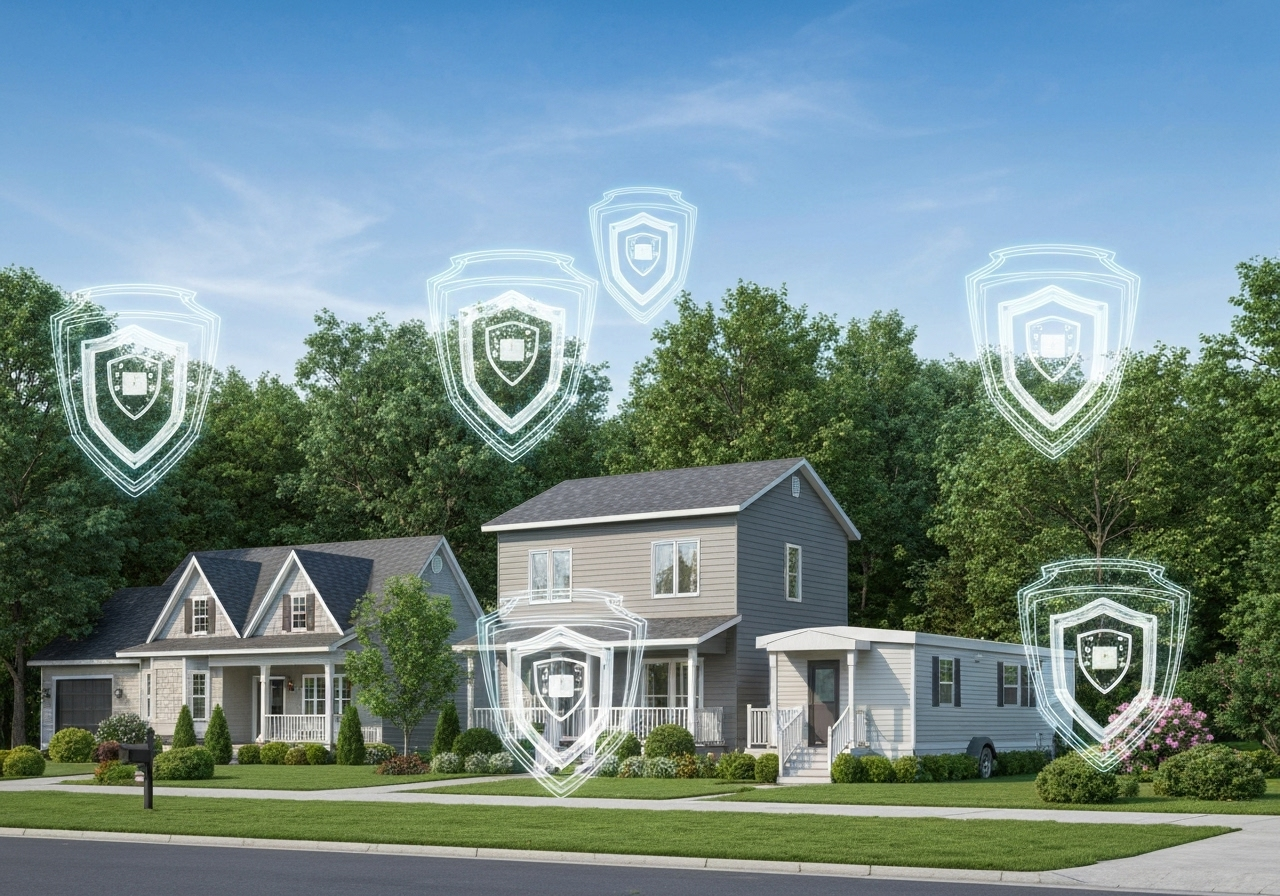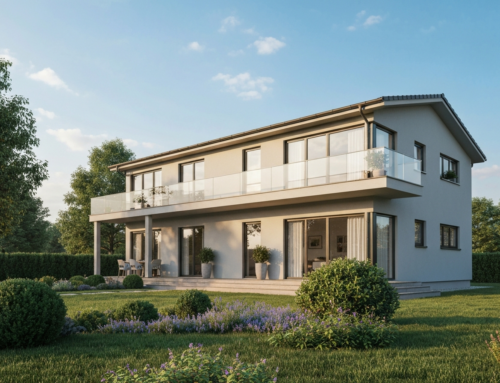Understanding Homeowners Insurance: Your Foundation for Protection
Navigating the various types of homeowners insurance policies can feel overwhelming, yet it’s a critical step in safeguarding your most valuable asset. Homeowners insurance provides financial protection against a wide range of perils, from natural disasters to theft and liability claims. Understanding the nuances of these policies is essential for securing adequate coverage for your property and belongings. This guide will delve into the different forms, helping you make informed decisions about your home protection.
Named Peril vs. Open Peril: Key to Deciphering Your Policy
Before exploring specific policy types, it’s crucial to grasp the distinction between named peril and open peril (or all-risk) coverage. This fundamental difference determines what events your policy will cover:
- Named Peril Policies: These policies only cover damages caused by specific perils explicitly listed in the policy document. If an event is not named, it is not covered. Common named perils often include fire, lightning, windstorms, hail, theft, and vandalism.
- Open Peril Policies: Also known as “all-risk” policies, these offer broader coverage. They protect against all perils except those specifically excluded in the policy. This means if an event isn’t on the exclusion list, it’s covered. Common exclusions typically include floods, earthquakes, war, and nuclear hazards.
Open peril policies generally provide more extensive protection, but it’s vital to review the exclusions carefully to understand any gaps in coverage.
Exploring the Different Types of Homeowners Insurance Policies (HO Forms)
Homeowners insurance policies are standardized into different forms, often referred to as HO forms (HO-1 through HO-8). Each form offers varying levels of coverage designed for different types of residences and ownership situations.
HO-1: The Basic Homeowners Insurance Form
The HO-1 policy is the most rudimentary form of homeowners insurance. It provides very limited coverage, typically protecting against only a small number of named perils. Due to its minimal coverage, HO-1 policies are rarely sold today, as most homeowners seek more comprehensive protection.
HO-2: Broad Form Coverage Explained
An HO-2 policy, known as “Broad Form” coverage, offers a step up from the HO-1. It covers a broader list of named perils, including those found in an HO-1 policy plus additional ones such as falling objects, the weight of ice and snow, and accidental discharge of water or steam. While more extensive than HO-1, it remains a named peril policy, meaning only the events specifically listed are covered.
HO-3: The Most Common Homeowners Policy
The HO-3 policy, or “Special Form,” is the most prevalent type of homeowners insurance, accounting for the vast majority of policies. It’s popular because it combines aspects of both named and open peril coverage:
- Dwelling (Structure): Covered on an open peril basis, meaning the physical structure of your home is protected against all perils unless specifically excluded.
- Personal Property (Contents): Covered on a named peril basis, similar to an HO-2 policy.
This hybrid approach provides robust protection for the home’s structure while offering a standard level of coverage for personal belongings.
HO-4: Essential Renters Insurance Coverage
Designed specifically for tenants, an HO-4 policy is commonly known as renters insurance. It does not cover the dwelling itself, as that is the responsibility of the landlord’s policy. Instead, HO-4 primarily protects a renter’s personal belongings against named perils and provides liability coverage for incidents that occur within the rented property. This type of policy is crucial for tenants to protect their possessions and personal liability.
HO-5: Comprehensive Coverage for Your Home and Belongings
The HO-5 policy, or “Comprehensive Form,” offers the highest level of coverage among standard homeowners policies. Both the dwelling and personal property are covered on an open peril basis. This provides the broadest protection for both your home’s structure and your belongings, covering them against all perils except those explicitly excluded. HO-5 policies often come with higher premiums due to their extensive coverage.
HO-6: Condo and Co-Op Unit Owners Insurance
An HO-6 policy is specifically designed for condominium and co-operative unit owners. While the condo association typically has a master policy covering the building’s common areas and exterior structure, an HO-6 policy covers the interior of your unit, your personal belongings, and liability for incidents that occur within your unit. It’s often referred to as “walls-in” coverage.
HO-7: Mobile Home Insurance Policies
An HO-7 policy is specifically designed for mobile homes, which are generally not covered under standard HO-1 through HO-5 policies. These policies provide coverage similar to an HO-3 but are tailored to the unique construction and characteristics of mobile homes, including those that are permanently affixed to a foundation.
HO-8: Modified Coverage for Older Homes
The HO-8 policy, or “Modified Coverage Form,” is intended for older homes where the replacement cost significantly exceeds the home’s market value. These homes often feature unique construction or materials that are expensive to replicate. HO-8 policies typically provide coverage based on actual cash value or a modified replacement cost, covering a limited number of named perils, similar to an HO-1 or HO-2 policy, but with specific considerations for older properties.
Core Components: What Every Homeowners Policy Includes
Regardless of the specific HO form, most types of homeowners insurance policies include several core components:
- Dwelling Coverage: Protects the physical structure of your home and attached structures like garages.
- Other Structures Coverage: Covers unattached structures on your property, such as sheds, fences, or detached garages.
- Personal Property Coverage: Protects your belongings, including furniture, electronics, clothing, and other personal items.
- Loss of Use (Additional Living Expenses): Provides funds for temporary living expenses if your home becomes uninhabitable due to a covered loss.
- Personal Liability Coverage: Protects you financially if you are found legally responsible for bodily injury or property damage to others.
- Medical Payments to Others: Covers medical expenses for guests injured on your property, regardless of fault.
Replacement Cost vs. Actual Cash Value: Maximizing Your Payout
Understanding how your personal property will be valued after a loss is crucial. Homeowners policies typically offer two main valuation methods:
- Actual Cash Value (ACV): This method pays out the replacement cost of an item minus depreciation. For example, a five-year-old television would be reimbursed based on its current depreciated value, not the cost of a new one.
- Replacement Cost Value (RCV): This method pays to replace your damaged or stolen property with a new item of similar kind and quality, without deduction for depreciation. This offers a higher payout and is generally preferred by homeowners.
While RCV coverage often comes with higher premiums, it can make a significant difference in your financial recovery after a major loss.
Tips for Selecting the Best Homeowners Insurance Policy
Choosing among the many types of homeowners insurance policies requires careful consideration:
- Assess Your Needs: Evaluate your home’s value, the extent of your personal belongings, and any unique risks (e.g., proximity to a flood zone or earthquake fault).
- Understand Coverage Levels: Differentiate between named peril and open peril policies and choose the level of protection that aligns with your risk tolerance.
- Review Exclusions: Always read the fine print to understand what your policy does NOT cover. Consider additional coverage for specific risks like flood or earthquake insurance if needed.
- Compare Quotes: Obtain quotes from several reputable insurers to compare coverage options and premiums.
- Consider Deductibles: A higher deductible can lower your premium but means you pay more out-of-pocket for a claim.
Partnering with Beach Insurance LLC for Your Home Protection Needs
Selecting the right homeowners insurance policy is a significant decision that impacts your financial security. At Beach Insurance LLC, we understand the complexities of these policies and are dedicated to helping you navigate them. We provide personalized guidance to ensure you have the comprehensive coverage necessary to protect your home and assets effectively. Our team is here to help you understand the nuances of the various types of homeowners insurance policies, ensuring your peace of mind.
Visit our Contact Us page for more information.






